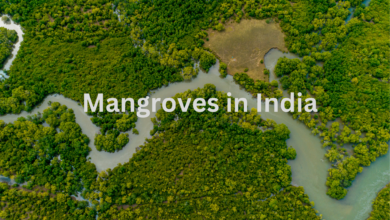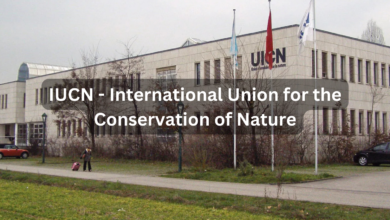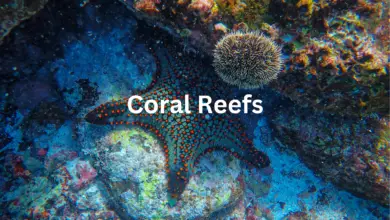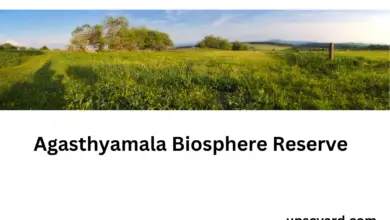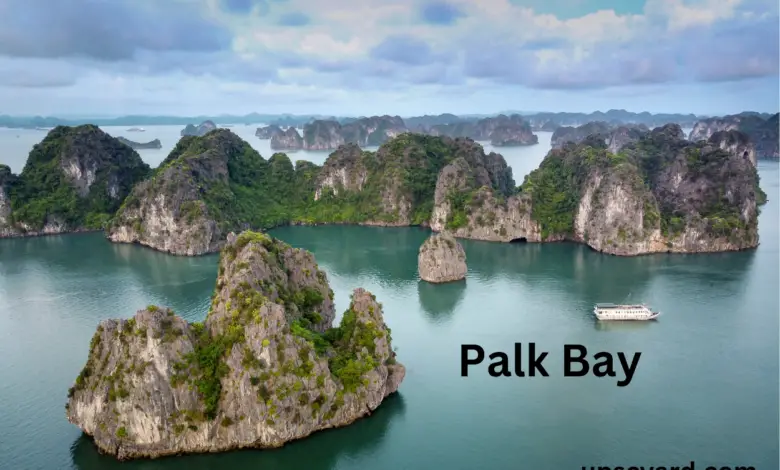
Palk Bay
Geographical Significance:
Palk Bay is a shallow sea . It links the Indian Ocean to the south through the Gulf of Mannar and the Bay of Bengal to the east via the Palk Strait. This bay exhibits a width of approximately 100 miles (160 km) at its narrowest point, extending about 150 miles (240 km), with a depth maximum of 13 m .
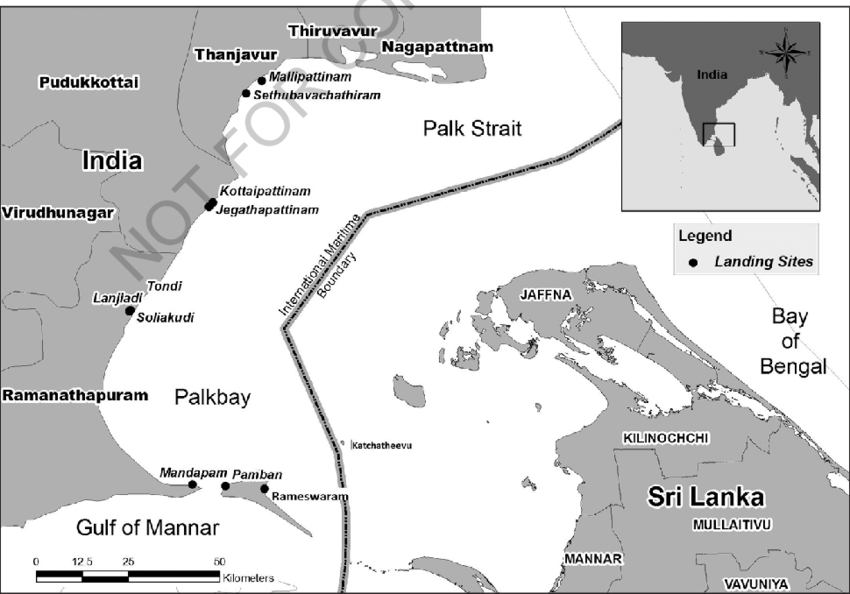
Crucial Maritime Route:
Palk Bay accommodates shipping activities connecting India and Sri Lanka. It facilitates the movement of vessels engaged in trade, commerce, and travel between these nations. Initiating in 1921, endeavours to demarcate the boundaries of the Palk Strait and Gulf of Mannar spanned several decades. However, the formal agreements solidifying these boundaries were ultimately reached and signed in 1970.
Palk Bay scheme
The Palk Bay Scheme, officially known as the “Diversification Of Trawl Fishing Boats From Palk Straits Into Deep Sea Fishing Boats,” was launched in 2017 as a Centrally Sponsored Scheme, falling under the broader umbrella of the Blue Revolution Initiative. This initiative is a pivotal part of the Government’s comprehensive strategy to promote fishing as an allied activity for farmers, aiming to double their incomes.
Financial Structure
The scheme’s funding is a collaborative effort, with contributions from multiple stakeholders. The Central Government plays a substantial role, offering 50% of the funding, followed by the State Government with 20%, beneficiaries contributing 10%, and banks providing the remaining 20%. Notably, the Central Government extends a subsidy of up to Rs. 40 lakh per deep-sea fishing boat, making this transition more financially accessible for fishermen.
Impact and Challenges
The Palk Bay Scheme has brought substantial benefits to the fishermen community in Tamil Nadu. It has played a pivotal role in curbing the environmentally detrimental practice of bottom trawling, which has long threatened the marine ecosystem. Furthermore, the scheme has significantly increased fishermen’s income, as deep-sea fishing offers more lucrative prospects than traditional methods.
This scheme is exclusively designed for Tamil Nadu, with the primary goal of delivering 2,000 vessels within three years to local fishermen. It is strategically structured to encourage them to transition away from the ecologically harmful method of bottom trawling.
Understanding Bottom Trawling: Bottom trawling is an environmentally detrimental practice involving trawlers equipped with heavy nets dragged along the seabed. This method significantly deletes aquatic resources and poses a grave threat to the marine ecosystem.
Reducing Fishing Pressure and International Cooperation: Additionally, the scheme seeks to address the issue of “reducing fishing pressure” near the International Maritime Boundary Line (IMBL).
However, the scheme has not been without its challenges. The high cost of acquiring deep-sea fishing boats remains a financial obstacle for some fishermen. Additionally, fishermen have a degree of apprehension regarding the transition to deep-sea fishing, given its higher risks and demands compared to traditional practices.
Government Initiatives
To address these challenges and facilitate a smoother transition, the Government of India has proactively taken several measures. This includes an augmentation of the subsidy amount for deep-sea fishing boats under the Palk Bay Scheme. Moreover, the Government is actively providing comprehensive training to fishermen, empowering them with the requisite skills and knowledge for successful deep-sea fishing techniques.
The Palk Bay Scheme represents a significant stride toward sustainable fishing practices in India. It not only contributes to the protection of the marine ecosystem but also plays a pivotal role in enhancing the livelihoods of fishermen, making their profession more rewarding and sustainable. Notably, this scheme operates independently of the Pradhan Mantri Matsya Sampada Yojana.
Deep Sea Fishing
A minimum water depth of 30 meters is essential to be recognised as a deep-sea fishing zone.
This initiative is focused on encouraging deep-sea fishing as an alternative to trawling practices within the Palk Bay region.
The current strategy for the Palk Bay involves removing 2,000 trawlers from the area and replacing them with deep-sea vessels.
It’s important to note that these deep-sea vessels will not be engaged in trawling or operations within Palk Bay.
As part of this endeavour, the government is establishing a new deep-sea fishing harbour at Mookaiyur, situated south of Palk Bay within the Gulf of Mannar. This harbour is expected to be a berthing location for many deep-sea vessels.
Additionally, this shift towards deep-sea fishing can help mitigate the challenges associated with cross-border fishing activities, contributing to better resource management.
Latest development
In 2021
The Union Government is contemplating raising the unit cost of deep-sea fishing vessels from Rs 80 lakh to Rs 1.3 crore as part of the Palk Bay scheme to enhance its appeal to fishermen.
Feb 2021

M.C.Q.
Q1. Pradhan Mantri Matsya Sampada Yojana (PMMSY) aims to bring :
A) White Revolution
B) Green Revolution
C) Blue Revolution
D) All of these
Answer : C
